Current global developments put increasing economic and social pressures on urban systems. While current risks in key sectors such as water (water stress, scarcity, floods), ecosystems (soil, land, biodiversity, etc.) or food (decrease on production, irrigation, etc.) are clearly identified, existing solutions tend to tackle them individually with scarce considerations of intersectoral impacts (e.g. the use of water or energy in the food, or the use of water for energy production and how that can impact food) when in fact connections and synergies among the sectors exist. The Nexus approach is a holistic concept and methodology that highlights and analyses the interdependencies of water, energy, food and natural resources (soil, land). The Nexus approach and especially with regards to Water, Energy, Food and Ecosystem (WEFE) sectors, is receiving increasing attention due to its potential to provide integrated cross-sectorial assessments to face multi-agent and multi-scale conflicts, [1] hence contributing to prioritize security in all essential sectors and to achieve the Sustainable Development Goals (SDGs).[2] Despite the significant efforts made on a theoretical dimension of the nexus concept, actual implementations are still rare, especially at local or micro levels.
The ability to confront these challenges significantly depends on the resilience of an urban area, which is to a large degree managed by institutions with the objective of protecting social cohesion and minimizing ecological pressure. Urbanization and climate change, however, strain social cohesion by exacerbating social vulnerabilities and disproportionately affecting those already marginalized. Justice and equity are thus essential preconditions for the development of resilient urban concepts and must be considered in a comprehensive nexus management approach. [3]
The nexus assessment can be deployed at different scales and systems, for example, in the Figure 1 it is shown a Water-Energy-Agriculture conceptual nexus model of a WWTP located in Jordania [4].
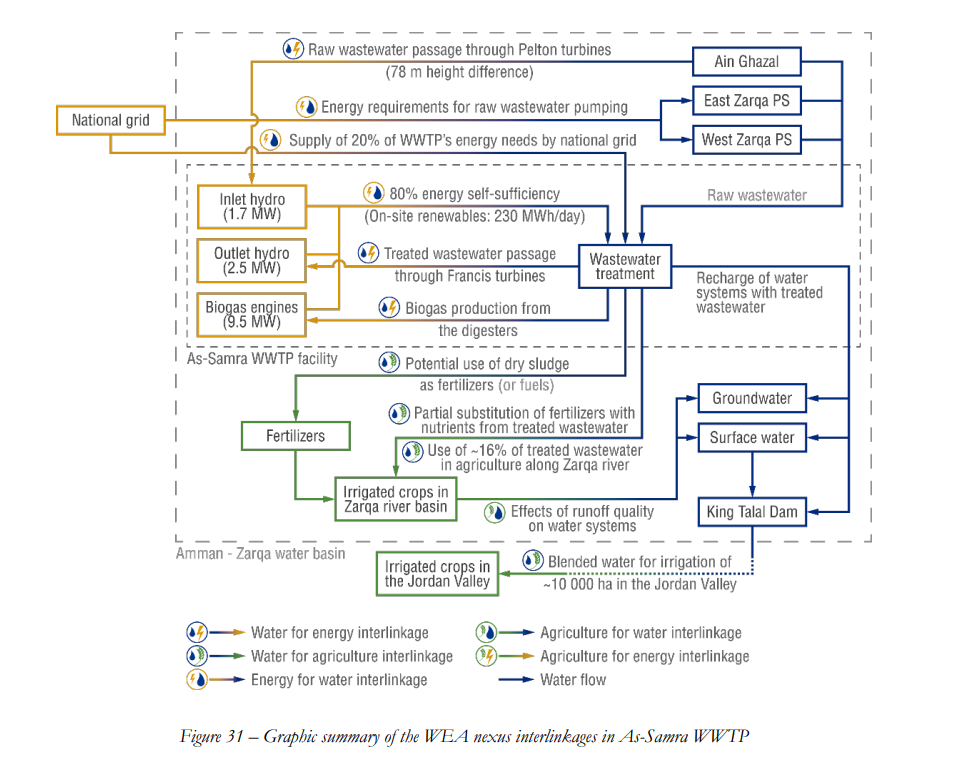
Figure 1. Graphic summary of the Water-energy-agriculture nexus interlinkages in As-Samra WWTP [4]
During the recent years, several indices have been developed in order to characterize cities under this WEF Nexus approach. Among them, it can be cited the UN-Habitat city Prosperity index [5] or the Nexus City Index (NXI) [3], which enable decision makers to more readily compare global and local city resilience without reducing the underlying complexity of the analysed WEF systems (figure 2).
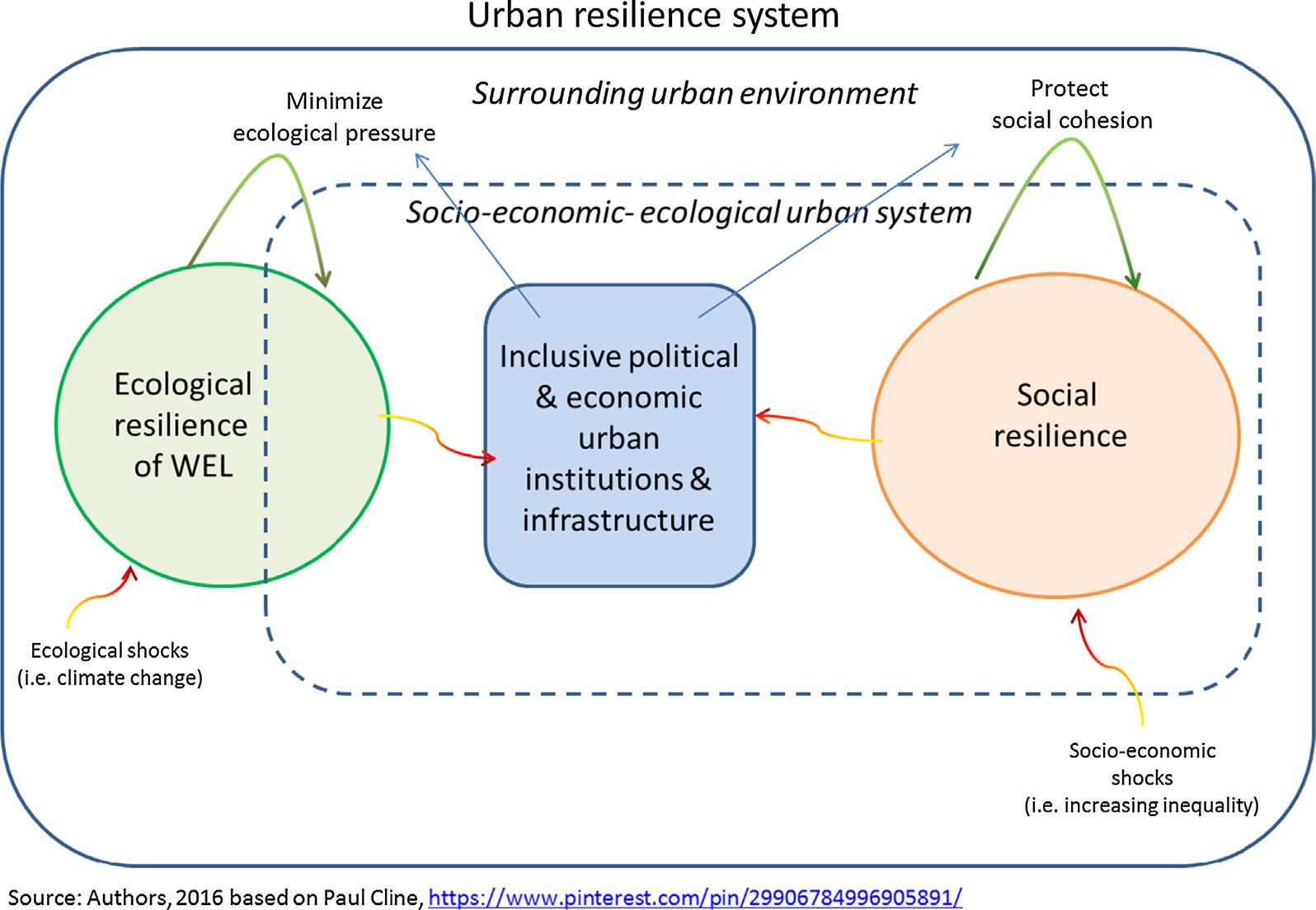
Figure 2. Urban resilience system [3]
The data sample of the European cities contains 22 cities, of which 17 cities belong to the European Union, three to the former Soviet Union, and one city each from Switzerland and Norway (see Figure 3). Copenhagen and Oslo are the European cities with the highest NXI of 0.948 and 0.945 of all analysed cities, whereas the cities of the former Soviet Union (Moscow and Chisinau) have the lowest NXIs in Europe. The Moscow NXI is significantly lower than those of the other European countries. This is mainly due to the fact that the equity index is extremely low. Moscow can thus be considered the least resilient city in Europe. The range of the European values is 0.204. Considering only EU countries reduces the range to 0.112. The institutional framework of the European Union leads to a more coherent development of the European cities [3].
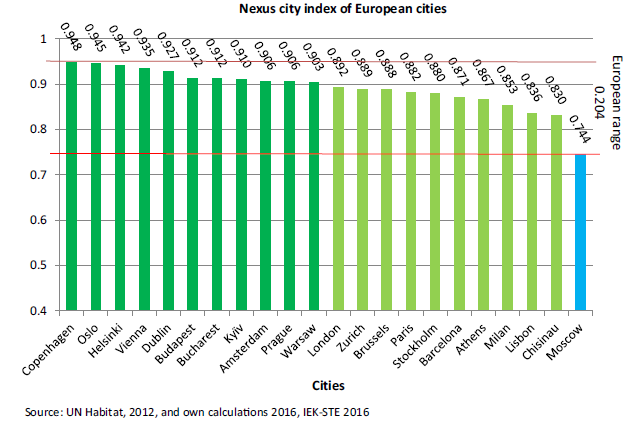
Figure 3. Nexus city Index of European Cities
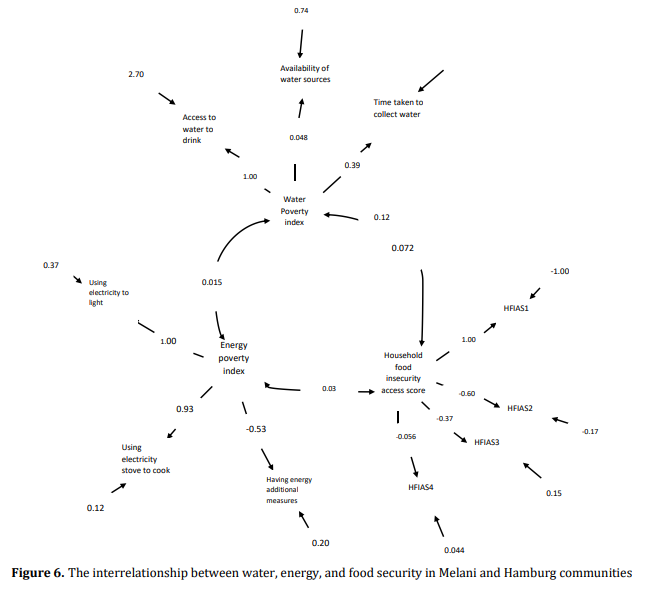
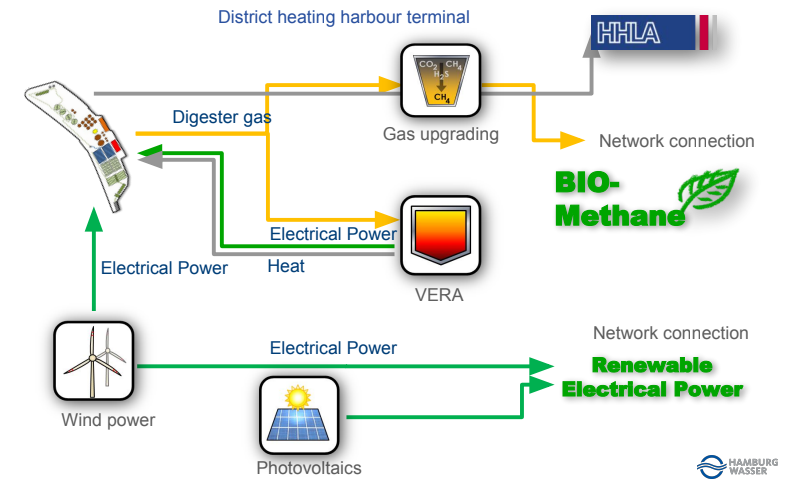
Comments ()